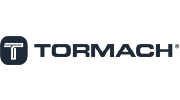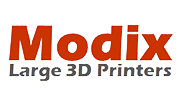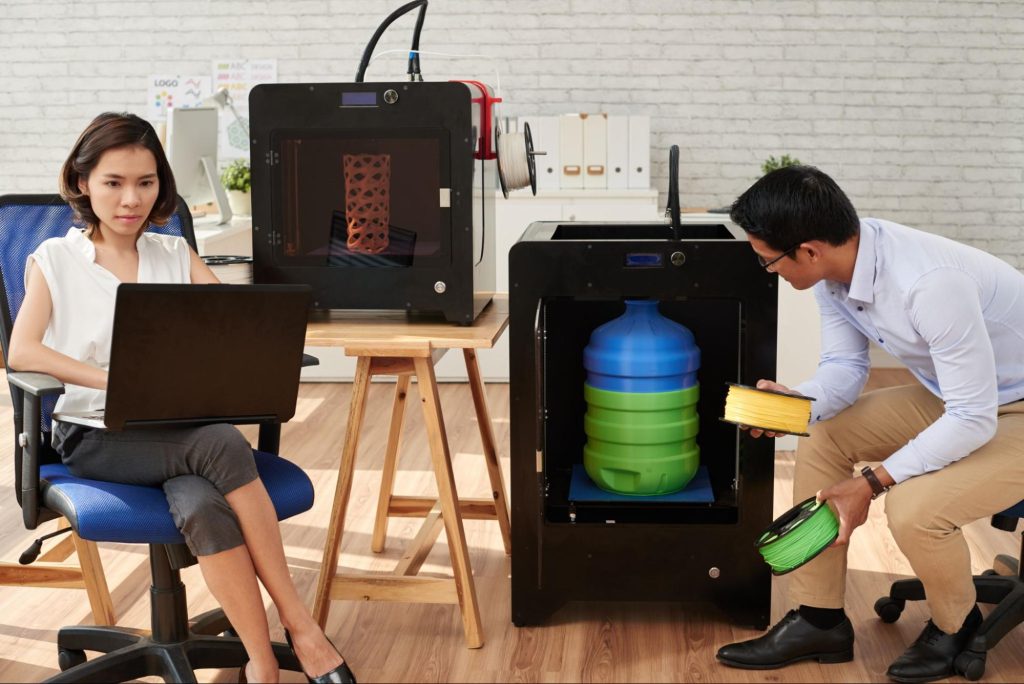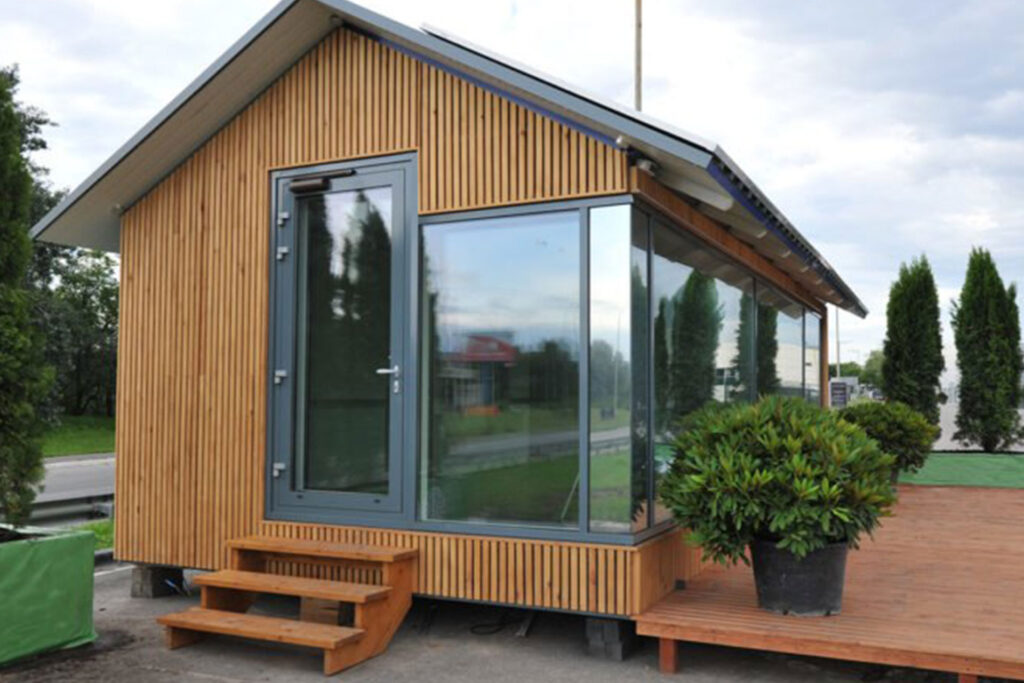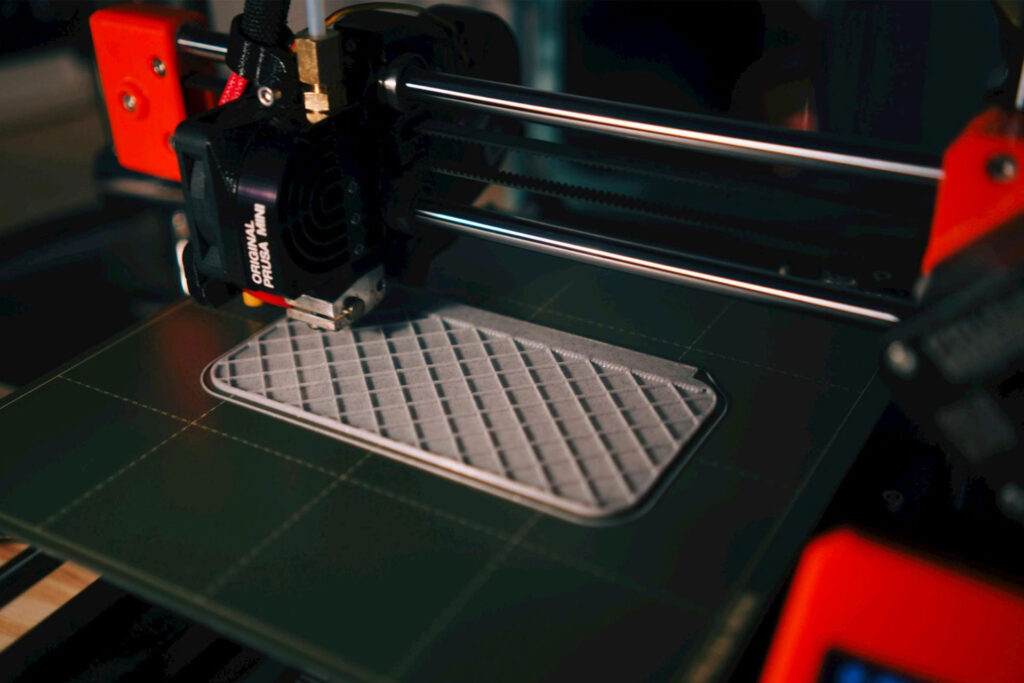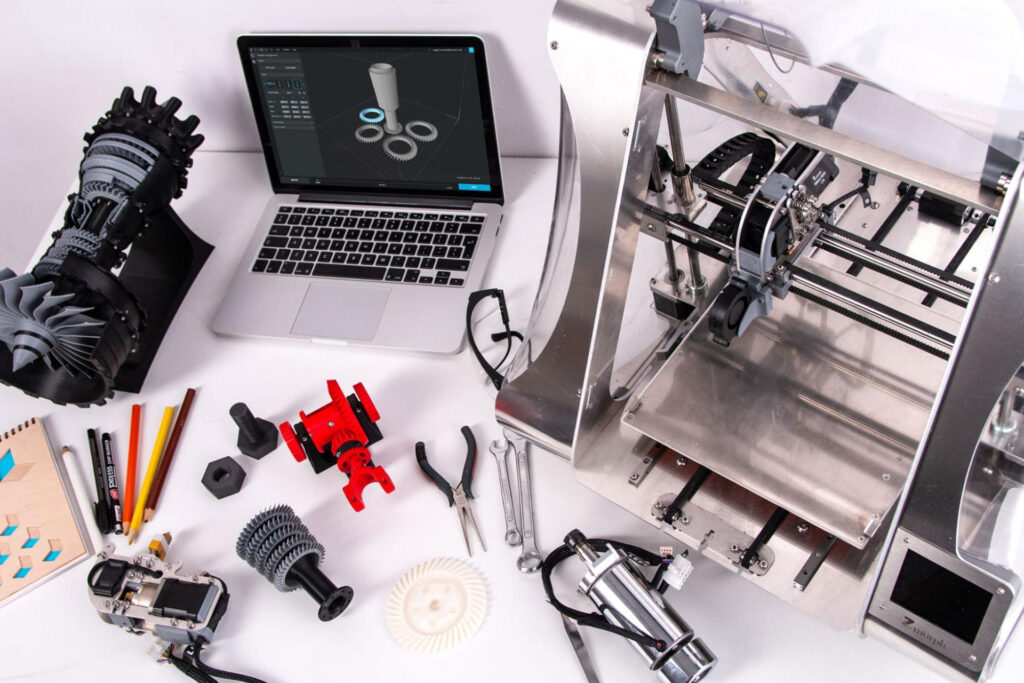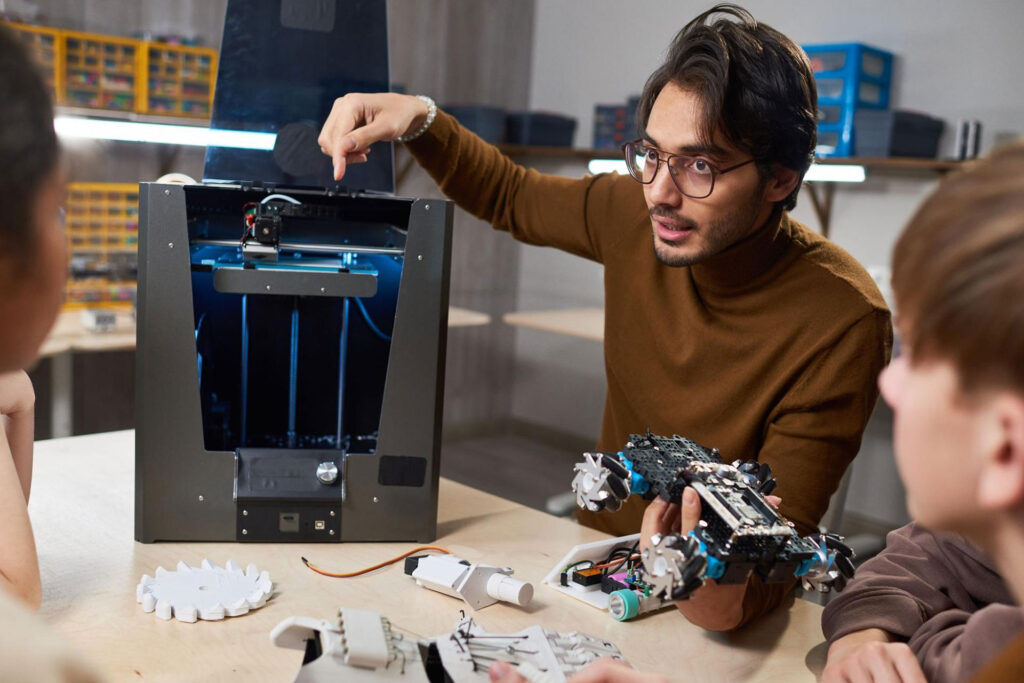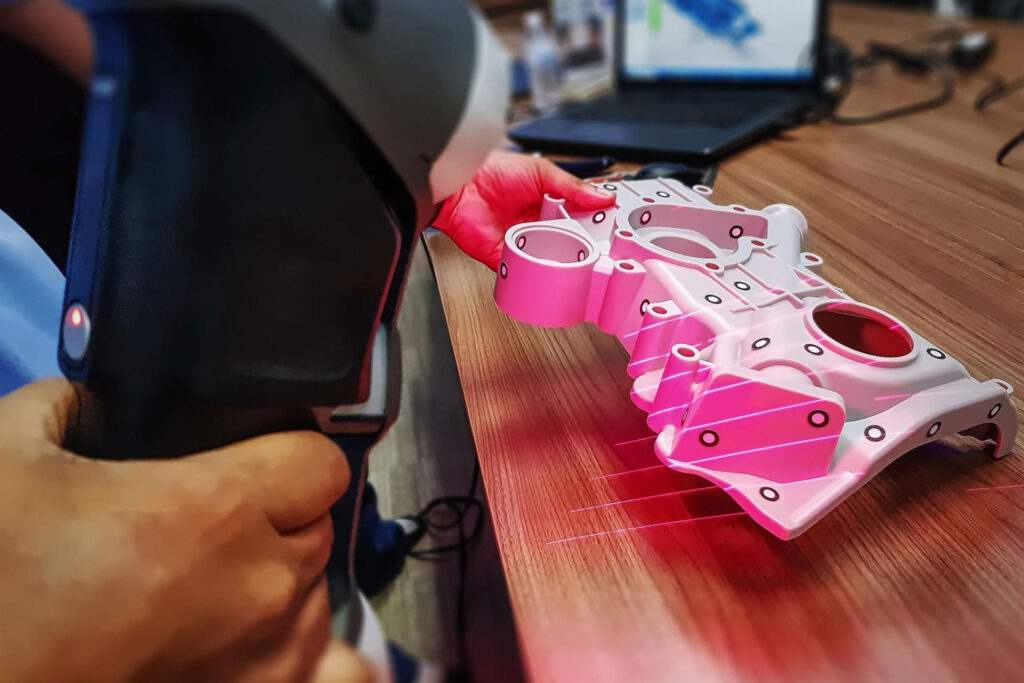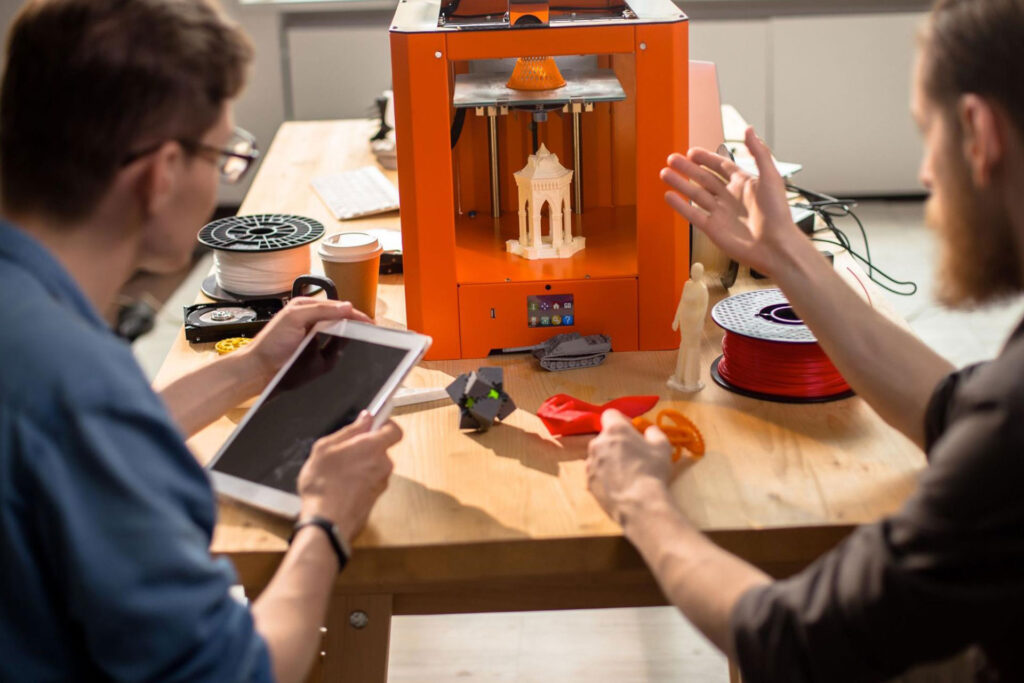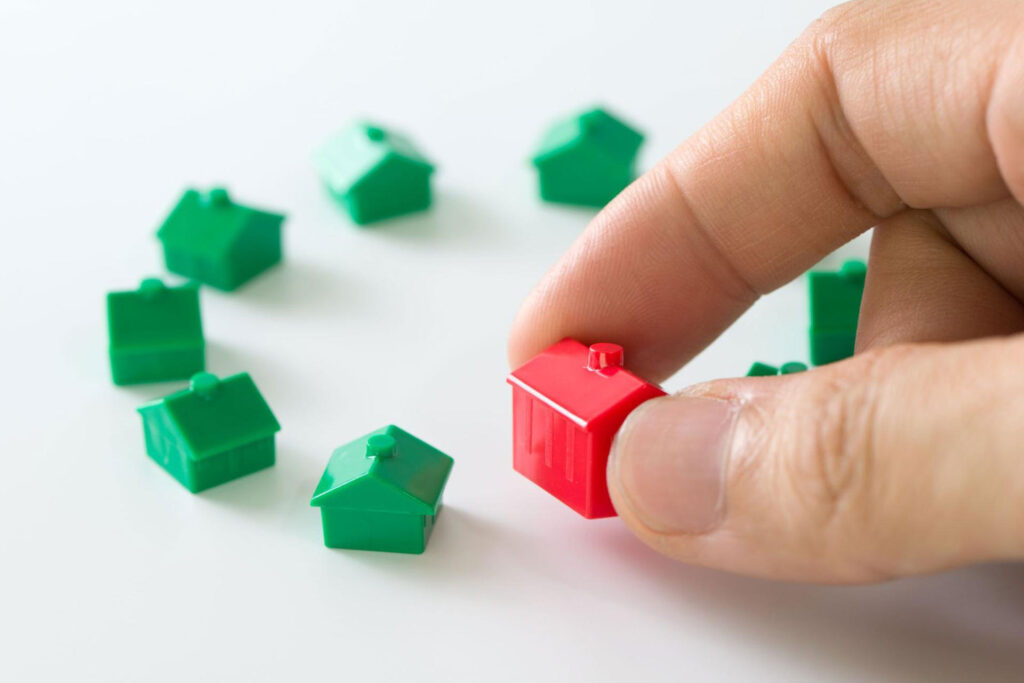What is a Pellet 3D Printer? A Beginner’s Guide to Large-Scale 3D Printing
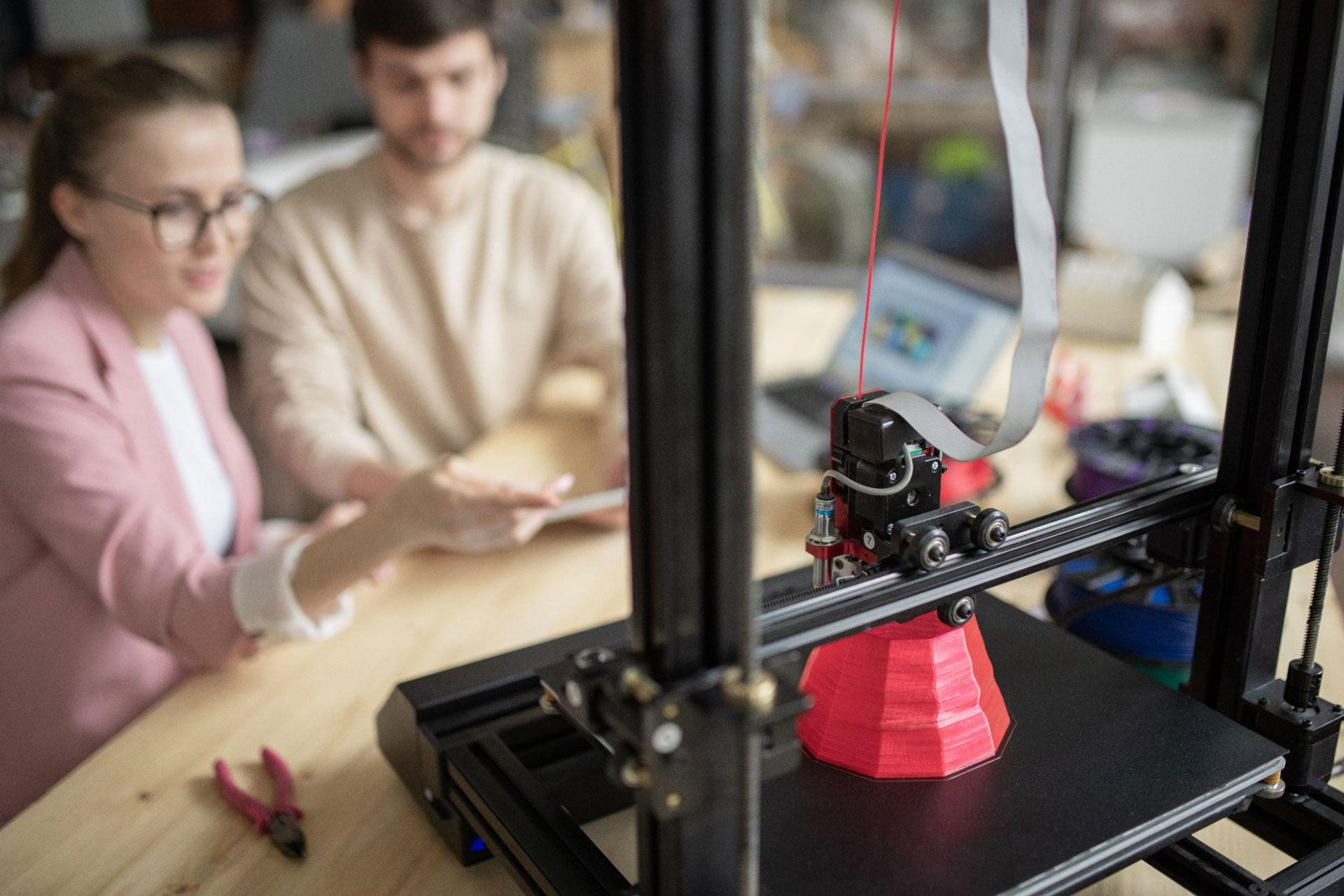
When most people think of 3D printing, they picture spools of filament feeding into a desktop machine. But there’s a whole other world of large-scale 3D printing that doesn’t rely on filament at all. Enter pellet 3D printing — a powerful, cost-effective method for printing big parts faster and more affordably.
In this beginner’s guide, we’ll walk you through what a pellet 3D printer is, how it works, why it’s used in industrial applications, and what makes it different from the traditional filament-based 3D printers.
On This Page
- What is a Pellet 3D Printer?
- Pellet vs. Filament 3D Printing: What’s the Difference?
- Benefits of Pellet 3D Printing
- Limitations of Pellet 3D Printing
- Who Uses Pellet 3D Printers?
- Getting Started with Pellet 3D Printing
- Future of Pellet 3D Printing
What is a Pellet 3D Printer?
A pellet 3D printer uses small plastic pellets—like the ones used in traditional plastic molding—instead of the usual spools of filament. These pellets are melted inside the printer and laid down layer by layer to create big, sturdy objects.
How It Works
Unlike filament-based printers that use a spool of pre-extruded plastic, pellet printers melt the plastic pellets directly inside a high-temperature screw extruder. This method allows for:
- Faster material flow
- Higher print speeds
- Lower material cost
Because it skips the filament manufacturing process entirely, pellet 3D printing appears cost-effective and more sustainable, especially for large-scale projects.
Pellet vs. Filament 3D Printing: What’s the Difference?
Here’s a quick breakdown of the key differences between the two methods:
| Feature | Pellet 3D Printing | Filament 3D Printing |
| Material Source | Plastic pellets | Extruded filament |
| Cost of Material | Lower | Higher |
| Print Speed | Much faster | Slower |
| Ideal For | Large-scale or industrial prints | Prototyping, small models |
| Material Versatility | Very high | Moderate |
Why Choose Pellet 3D Printing?
If you’re looking to build large-format parts, such as furniture prototypes, automotive components, or architectural models, pellet 3D printers are the go-to solution. The high extrusion rate allows you to produce massive parts without waiting days.
Benefits of Pellet 3D Printing
Let’s talk about the benefits of pellet 3D printing and why these machines are so appealing—especially for businesses and research labs.
1. Lower Material Costs
Plastic pellets are significantly cheaper than filament—sometimes up to 80% less per kilogram. This cost savings becomes a huge advantage when you’re printing big parts.
2. Faster Print Times
Because pellet printers can extrude more material at once, they drastically cut down on printing time. Some machines can lay down up to 200 times more material per hour than a standard desktop printer.
3. Greater Material Flexibility
Pellet printers can handle a wider variety of materials, including:
- PLA and ABS
- Polycarbonate (PC)
- Thermoplastic polyurethane (TPU)
- Recycled plastics and composites
That means you can customize the mechanical, thermal, or chemical properties of your prints far more easily.
4. More Sustainable Printing
Since you’re using raw pellets, it’s easier to integrate recycled materials or waste from other manufacturing processes. This makes pellet 3D printing a more sustainable alternative for industries aiming to reduce plastic waste.
5. Large-Scale Printing Capability
Pellet 3D printers are designed to handle big builds. They’re ideal for printing oversized prototypes, furniture, molds, or even structural components—something traditional filament printers would struggle with.
Limitations of Pellet 3D Printing
Pellet 3D printing isn’t perfect for everyone. Here are a few trade-offs to keep in mind:
1. Higher Initial Machine Cost
Pellet 3D printers are generally larger and more industrial-grade than standard filament printers, which means a higher upfront investment. These machines often come with specialized components like screw extruders and reinforced frames built for large-format printing. While the long-term savings on material can offset this cost, it’s still a barrier for small businesses or hobbyists starting out.
2. More Complex to Operate
Running a pellet 3D printer requires more technical know-how. From tuning temperature zones to managing pellet feed rates and handling extrusion parameters, there’s a steeper learning curve compared to plug-and-play filament printers. Users may also need to troubleshoot clogs or irregular flow more frequently, especially when working with custom or recycled materials.
3. Limited Fine Detail and Resolution
Pellet printers are optimized for speed and volume—not tiny, intricate designs. The nozzle sizes are typically larger to handle higher flow rates, which can make it difficult to achieve the fine surface finish or tight tolerances needed for detailed parts. If your work involves miniature models or high-precision components, filament or resin-based printers may be a better fit.
4. Material Handling and Storage
Plastic pellets are more sensitive to moisture than filament. They need to be stored properly in sealed, dry environments to prevent print quality issues like bubbling or weak layers. You may also need a drying system to remove moisture from the pellets before printing, which adds another layer of prep time and equipment.
5. Limited Desktop Options
Unlike the wide range of consumer-level filament printers, pellet 3D printers are mostly designed for industrial or commercial use. Desktop pellet printers are still rare, so access may be limited for home users or small makerspaces unless they’re willing to invest in larger, more complex systems.
But for the right use case, the advantages can far outweigh the downsides.
Who Uses Pellet 3D Printers?
Pellet printers aren’t just for factories. They’re used across various industries:
● Industrial Manufacturing
From automotive to aerospace, large-scale 3D printing with pellets helps companies build strong, functional prototypes and even final-use parts.
● Architecture and Construction
Need to print large, intricate models or even components for structures? Pellet-based printers can handle the volume and detail needed.
● Furniture and Interior Design
Designers love pellet 3D printers for quickly prototyping modern furniture, sculptural pieces, or fixtures with unique shapes.
● Universities and Fab Labs
Many educational institutions and fab labs are adopting pellet extrusion 3D printing for research and experimentation, thanks to its cost savings and material flexibility.
Related: What is a Fab Lab? A Beginner’s Guide to Digital Fabrication Spaces
Getting Started with Pellet 3D Printing
If you’re considering exploring pellet-based 3D printing, here’s what you’ll need to get started:
1. Choose the Right Machine
Not all pellet printers are created equal. Some are purpose-built for large-scale industrial production, while others are hybrid machines that can switch between filament and pellets.
Look for features like:
- High-volume screw extruders
- Heated beds or chambers (for temperature-sensitive materials)
- Robust gantry systems (to support large prints)
2. Source Quality Pellets
Make sure you buy 3D printing-grade plastic pellets. These are usually cleaner and more consistent than general-purpose injection molding pellets. You can also experiment with recycled plastic pellets for more eco-friendly printing.
3. Learn the Workflow
Pellet printing has a steeper learning curve than filament printing. You’ll need to:
- Tune temperature settings
- Adjust flow rates
- Understand how pellet size and moisture content affect print quality
But once you’re dialed in, the results can be impressive.
Future of Pellet 3D Printing
The future looks bright for large-format 3D printing with pellets. As material science advances and printer prices become more accessible, we’ll likely see:
- More affordable desktop pellet printers
- Wider adoption in small businesses and creative studios
- More use of bio-based or recycled plastic pellets
If you’re new to the world of 3D printing and looking to scale up, pellet 3D printers offer a powerful alternative to filament-based machines. They’re faster, cheaper in the long run, and more flexible when it comes to materials.
Whether you’re in manufacturing, architecture, or product design, exploring pellet extrusion 3D printing could open up a whole new level of creative and functional possibilities.
Looking for quality 3D printers? Contact us for expert 3D printing solutions in the Philippines!


 3D Printing
3D Printing  CNC Lathe
CNC Lathe  Desktop Filament Making
Desktop Filament Making  3D Scanning
3D Scanning  CNC Milling
CNC Milling  Packaging & Labeling
Packaging & Labeling  Bandsaw Cutting
Bandsaw Cutting  CNC Router
CNC Router  Vacuum Forming
Vacuum Forming  CNC Industrial
CNC Industrial  CNC Surface Grinding
CNC Surface Grinding  Waterjet Cutter
Waterjet Cutter 


